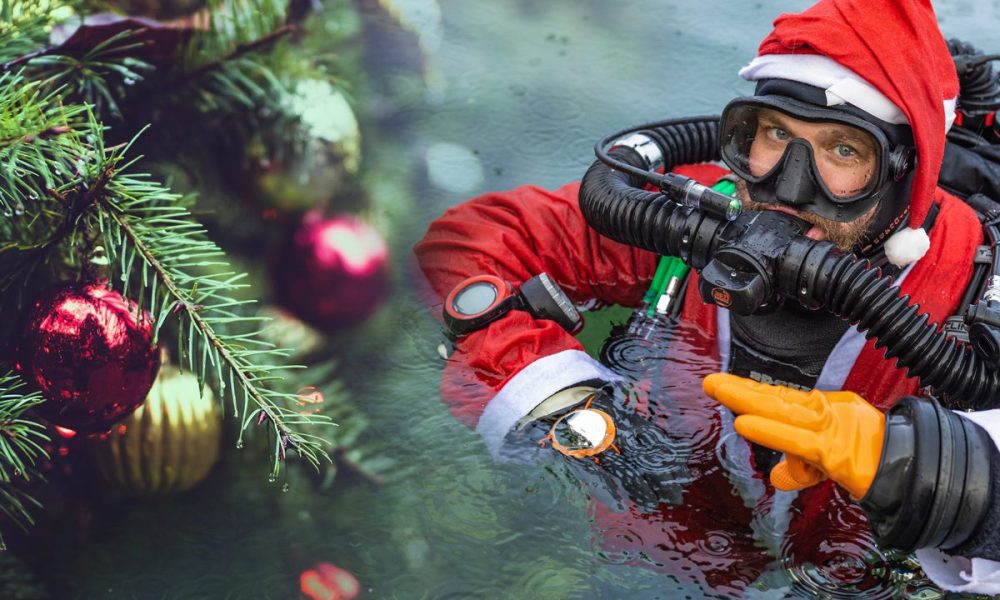mr_v
Contributor
OP, it is hard to recommend a unit w/o knowing your preferences. As you're diving in SoCal, I presume it is going to be mostly wrecks and nature, i.e., beach or boat entrances. Start with a backmounted unit.
None of the units you've mentioned are on my top 3 list. But preferences differ.
Your best bet is to get a gently used CCR that has local support. Dive it as much as you can so that you can learn what you like, then sell the it at a small loss and get something else.
None of the units you've mentioned are on my top 3 list. But preferences differ.
Your best bet is to get a gently used CCR that has local support. Dive it as much as you can so that you can learn what you like, then sell the it at a small loss and get something else.





